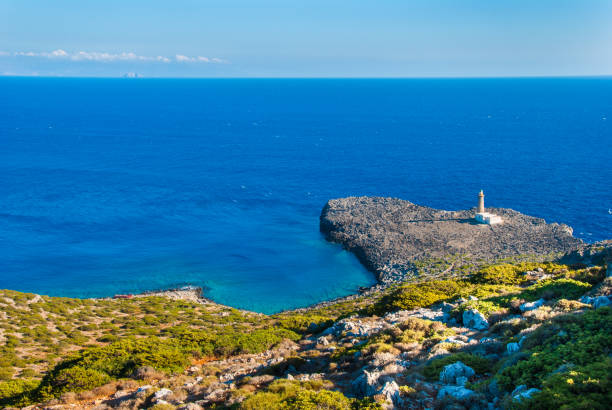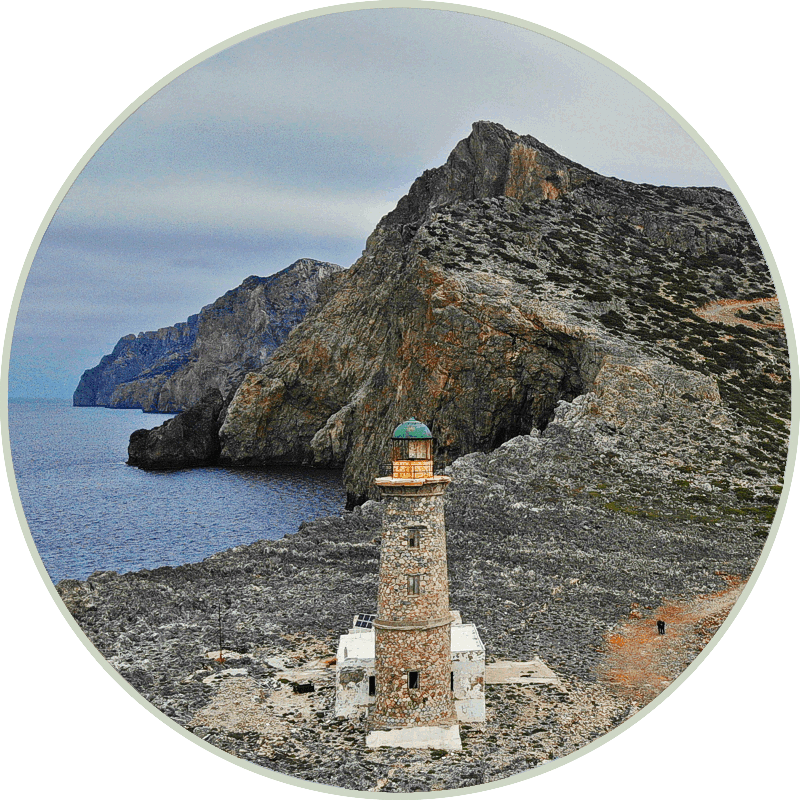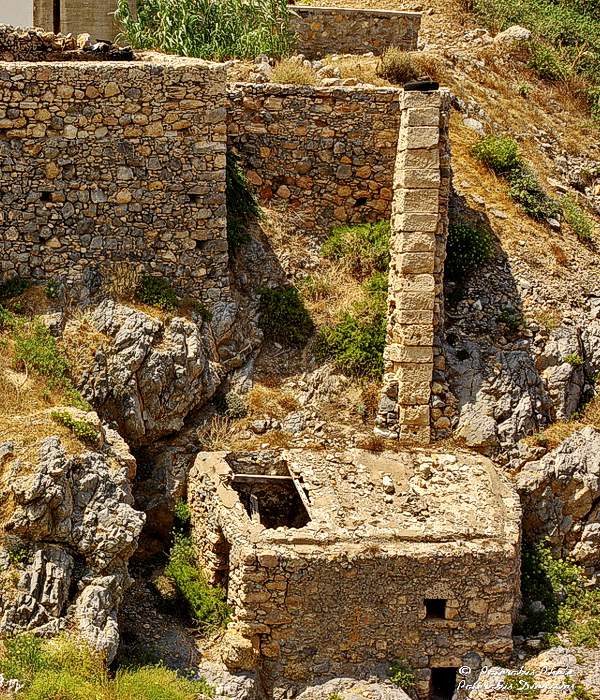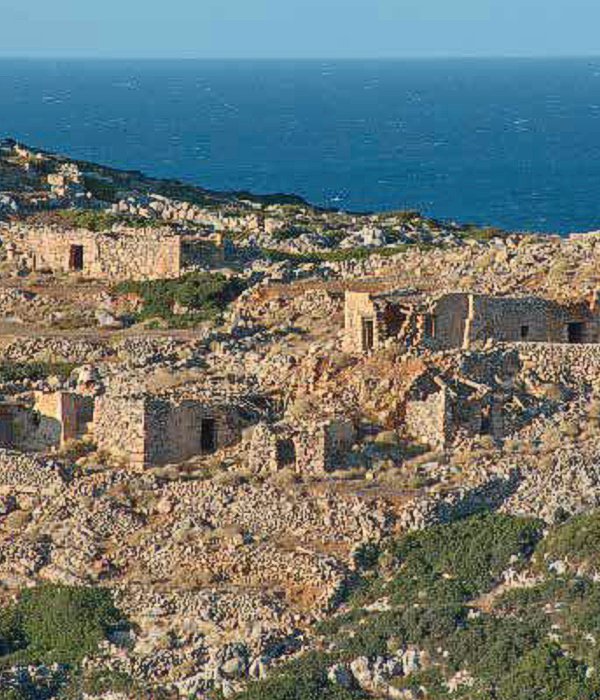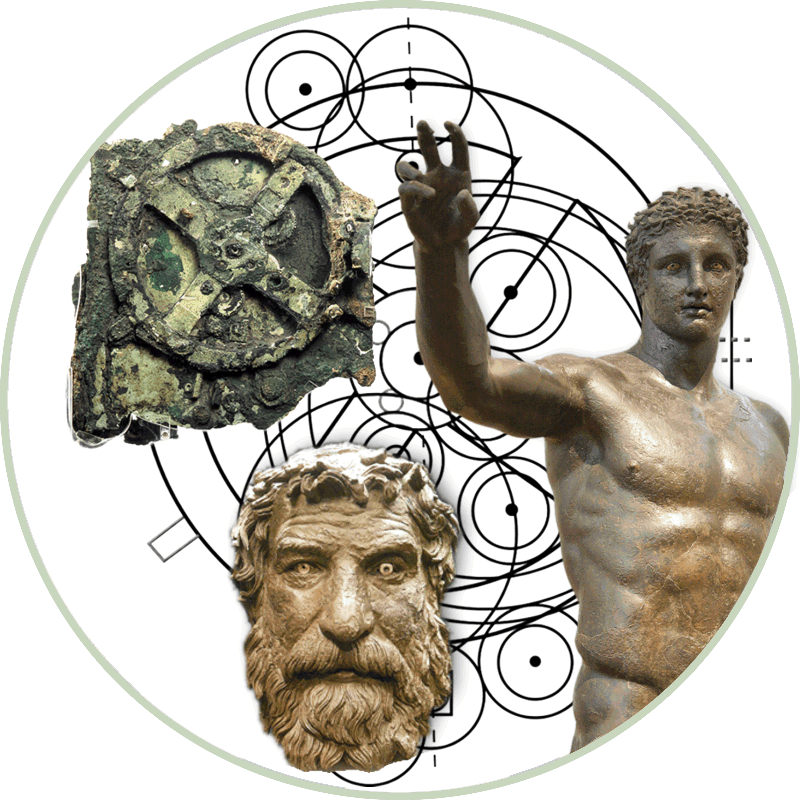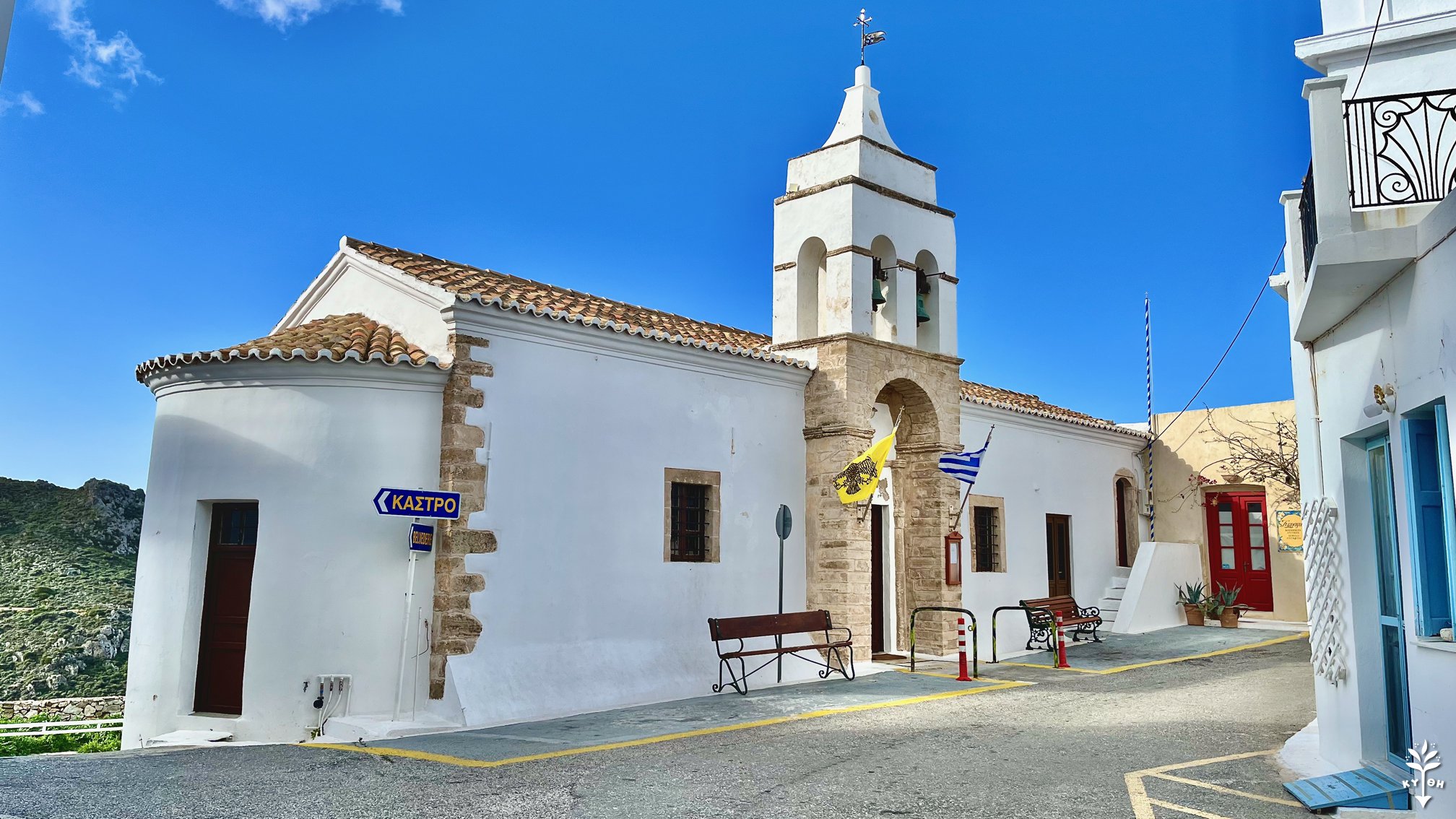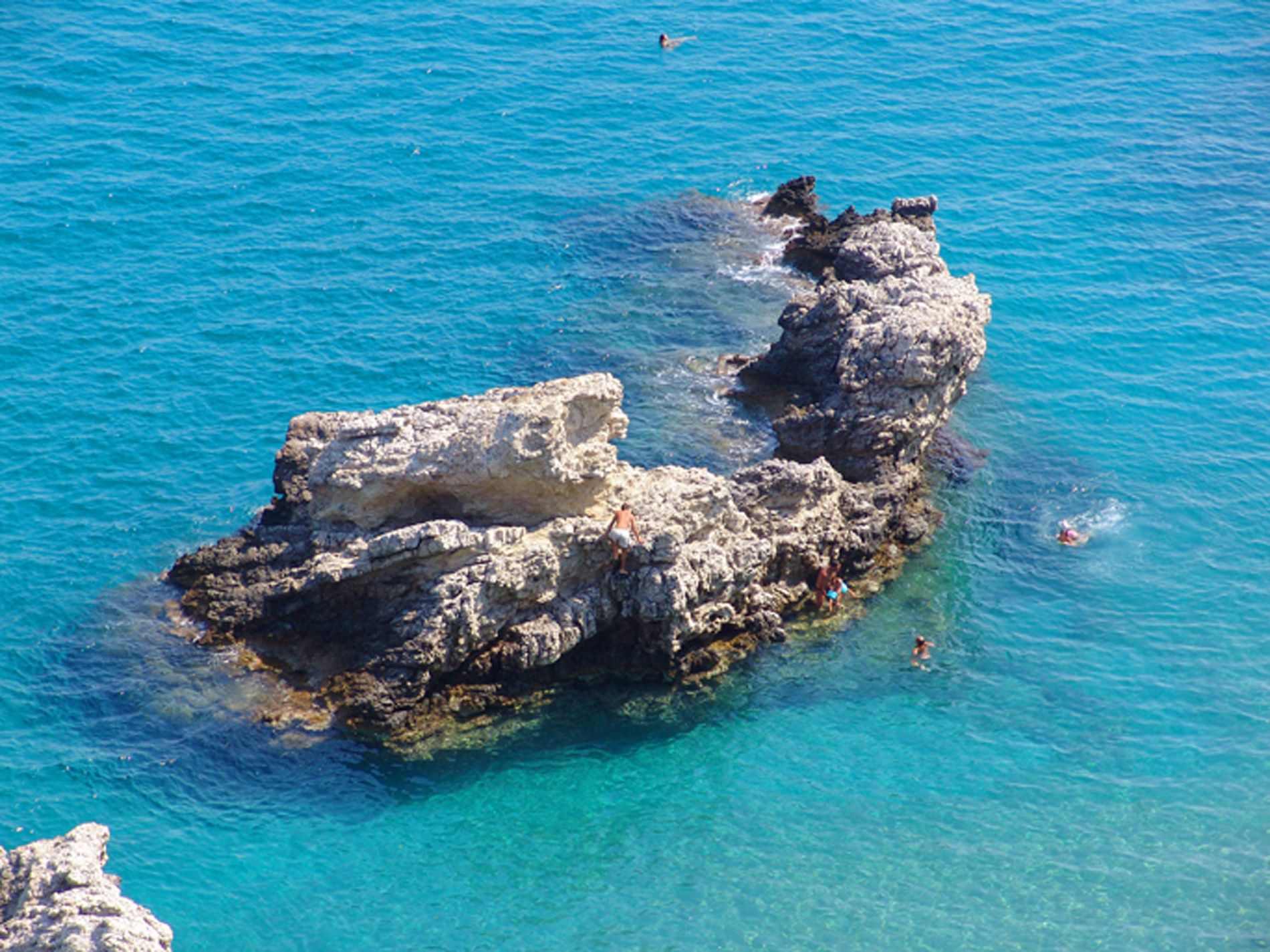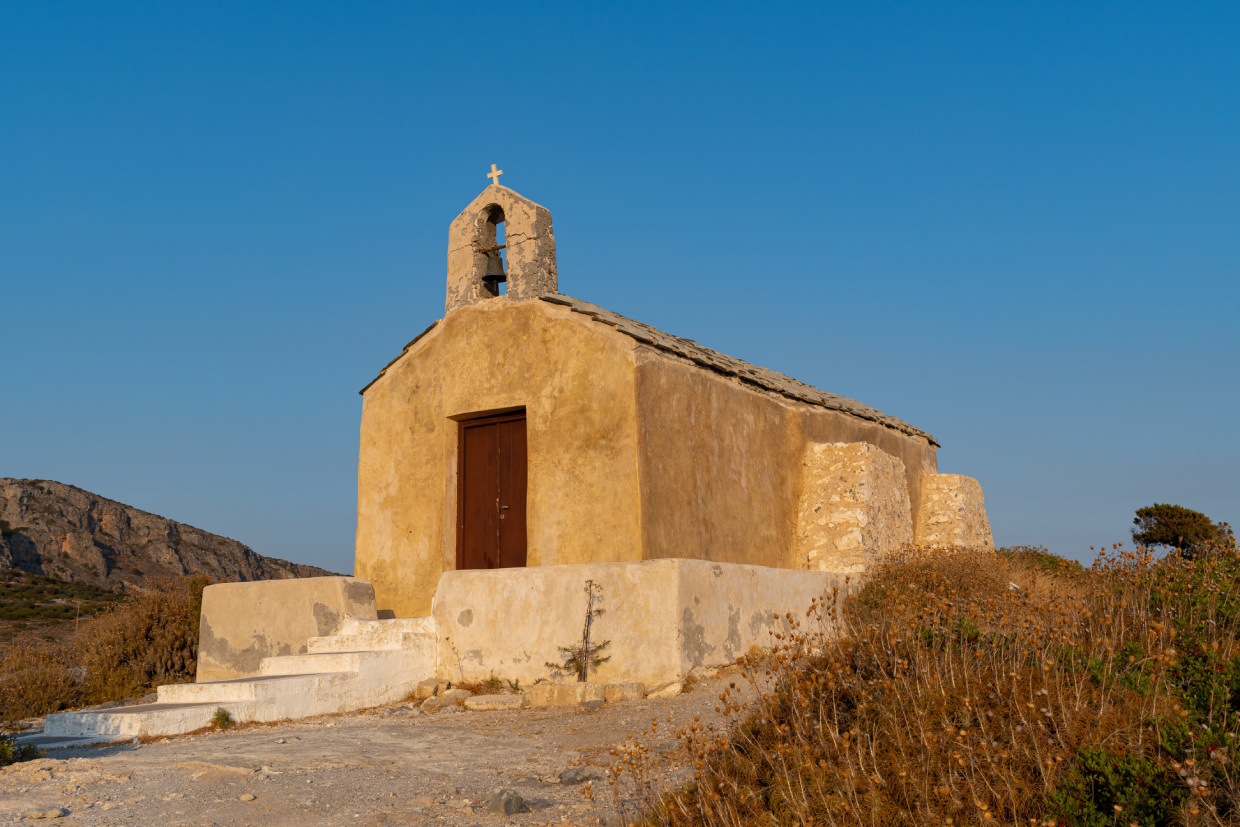Island of Antikythera and Islands of Prasonisi, Lagouvardos, Plakoulithra and Islands of Thymonies (GR3000012)
Island of Antikythera and Islands of Prasonisi, Lagouvardos, Plakoulithra and Islands of Thymonies (GR3000012)
An area of 2009.73 hectare, which is a group of islands in the south of the island of Kythera: Antikythera, Thymonies, Psira, Plakoulithra, Lagouvardos and Prasonisi. Most of them are characterized by steep sea cliffs with a plateau on top.
Antikythera is the largest island of the group. It occupies an area of 20 km2 and has a maximum altitude of 378 m. A few residents live there year-round. The dominant rock is limestone (Triassic and Cretaceous but there are also some Neogene deposits. The dominant vegetation is low maquis and phrygana, while part of the island is cultivated with grain.
Antikythera is one of the driest areas in Greece, receiving annually less than 200 millimeters of precipitation. Antikythera (Tsirigoto) is located south of Kythera. Today’s few inhabitants of the island are descendants of the Cretans who settled there about 300 years ago. The manners, customs, music and folklore of Antikythera are similar to those of western Crete. It has a heliport, a doctor’s office and a good road network that connects the approximately 10 settlements. Potamos or “Lious”, as the locals call it, serves as the capital and port of the island. Antikythera administratively belongs to the Municipality of Kythera as a Local Community. In Antikythera there is the only Ornithological Station in Greece. The aim of the station is to monitor almost 250 species of birds that have been recorded on the island, as well as the protection of the Mavropetritis, a type of sea hawk, which in Antikythera maintains its largest colony in the world. The island of Antikythera is at the center of the international scientific community, since the famous Antikythera wreck was found in 1900 a few meters from its northeastern shores yielded many works of ancient art, among them the Antikythera Youth, the Philosopher and the famous Antikythera Mechanism, which is considered the first computing machine in history.
The ancient city, which was estimated to have been inhabited by about 800 people, is preserved in its entirety, on an area of about 300 acres. In some parts of it, 6-meter-high walls are preserved. In the walled ancient city that existed in the Hellenistic years in the northern part of the island, above the cove of Xiropotamos, where its port was located, a neosoikos (warship storage area) carved entirely into the rock, one of the few in the Greek area that is preserved in its entirety. In the same bay, parts of walls that are estimated to have belonged to the sanctuary or the port facilities, as well as steps carved into the rock that led to the Castle, are preserved to this day. There, in 1880, a dedicatory statue of Apollo Aegileos was discovered, which is exhibited in the Archaeological Museum of Athens, as well as parts of the god’s sanctuary, which was located in the port.
On Cape Apolytara, at the southernmost tip of Antikythera, is the Lighthouse of Apolytara. The patron saint of the island is Saint Myron, whose memory is celebrated with splendor on August 17 in the homonymous church that was created in 1780 by residents of Kissamos and Sfakia who colonize the island. Fishing is one of the main activities one can do on the island. For swimming, the beautiful beach of Xiropotamos, Chalara, located in Potamos, or Kamarela is offered. A cluster of rocks, that only nature can compose, a small cove, with the sea playing in the small rock formations.
Prasonisi is located 7.5 Km north and north-west of Antikythera. Its area is about 0.27 Km2 and the maximum altitude is 129 m. It consists of limestones. Vegetation consists mainly of herbaceous plants (hygrophytes and halophytes), but there is a thick body of macchia bushes on the western side. The island of Lagouvardos is located 7.2 kilometers NW of Antikythera and 3 kilometers from Prasonisi. Its area is about 0.06 Km2 and the maximum altitude is 42 m. It consists of limestone rocks. Halophilous herbs and some Gramineae are the only plants that grow there. The population values of Falco eleonorae are based on LIFE – Nature “”Protection actions for the Black-tailed Godwit Falco eleonorae in Greece”” (LIFE03 NAT/GR/000091). The group of islands that make up the area is of great biogeographical interest, as it is a zone influenced by both continental and N. Aegean species of fauna and flora, and its flora, at least, differs even from that of the nearest island, the Kythera, located between Antikythera and the mainland (Peloponnisos). This fact is indicative of the ecological quality of the place and its importance for its preservation. Significant elements of the area’s ecological importance are:
1) It is an important area for migratory bird species.
2) The Mediterranean seal inhabits the area.
3) The species of reptiles that exist in the area are protected by the Bern Convention and by Greek legislation (P.D. 67/1981) and some of them are considered species of community interest (Directive 92/43/EEC).
4) The invertebrate fauna is interesting. In addition, the ancient sand dunes with fossils of many species of gastropods (mostly psychrophiles) in the port of Potamos are of great scientific interest.
5) The flora of this group of islands has not been sufficiently studied, but the few existing data show its interest.
This is an important breeding and passage area for raptors and seabirds. Species of concern include Falco eleonorae.22 habitats are protected under the EU Habitats and Birds directives as it follows:
Common Sandpiper – Actitis hypoleucos, Swift – Apus apus, Peregrine falcon – Buteo buteo, Nightingale – Caprimulgus europaeus, Bald eagle – Circaetus gallicus, Quail – Coturnix coturnix, Delichon urbicum (urbica), Black petrel – Falco eleonorae, Petrel – Falco peregrinus, Flycatcher – Ficedula albicollis, Swallow – Hirundo rustica, Wryneck – Jynx torquilla, Honeyeater – Merops apiaster, Yellowtail – Motacilla flava, Golden Oriole – Oriolus oriolus, Harrier – Pernis apivorus, Cormorant (Mediterranean subspecies) – Phalacrocorax aristotelis desmarestii, Great Crested – Podiceps cristatus, Black Neck – Podiceps nigricollis, Sand Martin – Riparia riparia, Tern – Streptopelia turtur, Alpine Swift – Tachymarptis melba.


